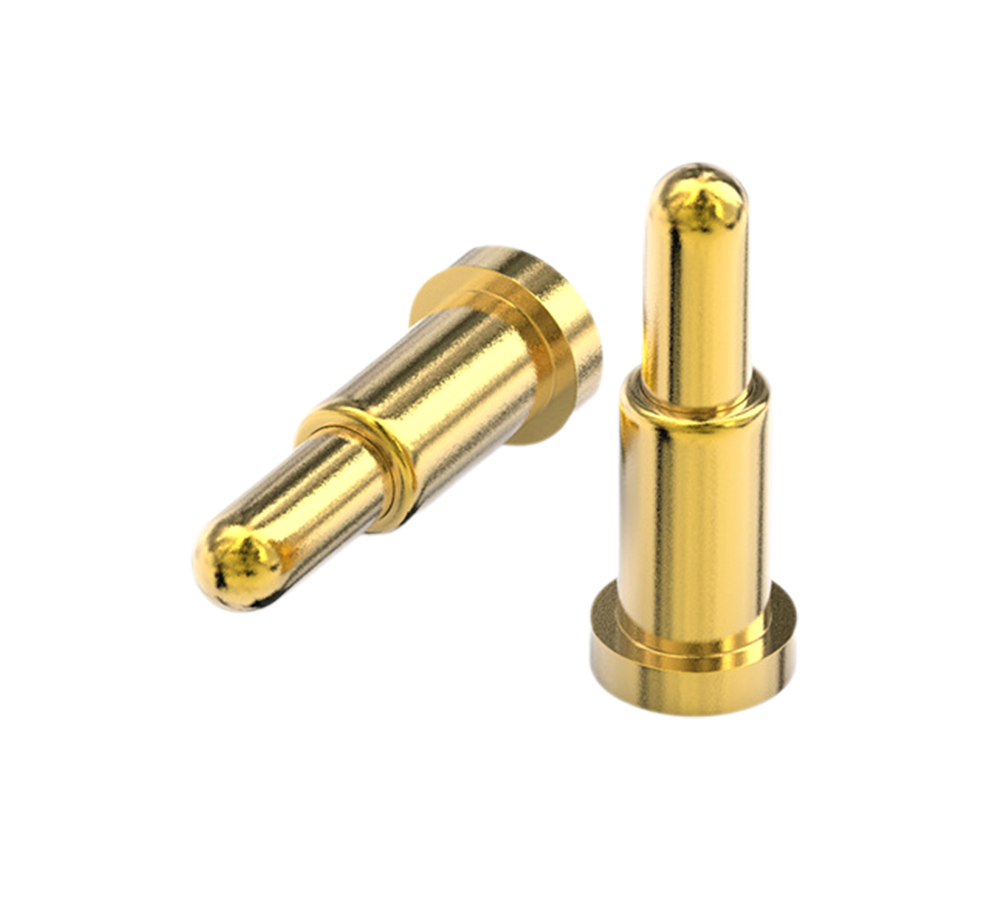Time:2025-06-27 Views:1 source:News

Spring antenna pins play a vital role in ensuring the reliable operation of wireless communication systems by providing stable electrical connection and mechanical support for antennas. The stable performance of these pins is achieved through a combination of material selection, structural design, and precise manufacturing processes.
Material selection is fundamental to the stable performance of spring antenna pins. As mentioned earlier, materials with high electrical conductivity, good mechanical strength, and excellent corrosion resistance are preferred. For example, beryllium copper is commonly used due to its ability to maintain consistent electrical contact even under repeated compression and extension cycles. Its high elasticity ensures that the pin can return to its original position after being subjected to mechanical stress, preventing loose connections that could disrupt signal transmission.
The structural design of spring antenna pins also contributes significantly to their stable performance. These pins typically have a spring - loaded mechanism that allows for a certain degree of axial movement. This design feature provides flexibility to accommodate variations in the mating surfaces and mechanical tolerances. When the antenna is connected or vibrated, the spring - loaded pin can adjust its position to maintain a firm and continuous electrical contact. The precise design of the pin's length, diameter, and spring rate is carefully calculated to balance the need for sufficient contact force and the ability to withstand mechanical shocks and vibrations without deforming or failing.
Precise manufacturing processes are essential for ensuring the stable performance of spring antenna pins. Any deviation in the dimensions, surface finish, or internal structure of the pin can lead to performance degradation. For instance, an uneven surface finish on the contact area of the pin can increase contact resistance and cause signal loss. Therefore, advanced machining techniques, such as CNC turning and grinding, are used to achieve high - precision dimensions and smooth surfaces. Additionally, strict quality control during the manufacturing process, including in - process inspections and final product testing, ensures that each pin meets the required performance standards. Electrical performance tests, such as impedance measurement and insertion loss testing, are conducted to verify the pin's ability to transmit signals stably. Mechanical tests, such as durability testing under repeated compression and extension, are also carried out to ensure the pin's long - term reliability.
Read recommendations:
High performance magnetic Pogo Pin price
European standard charging cable
High temperature resistant Magnetic PogoPin for Industrial Electronics